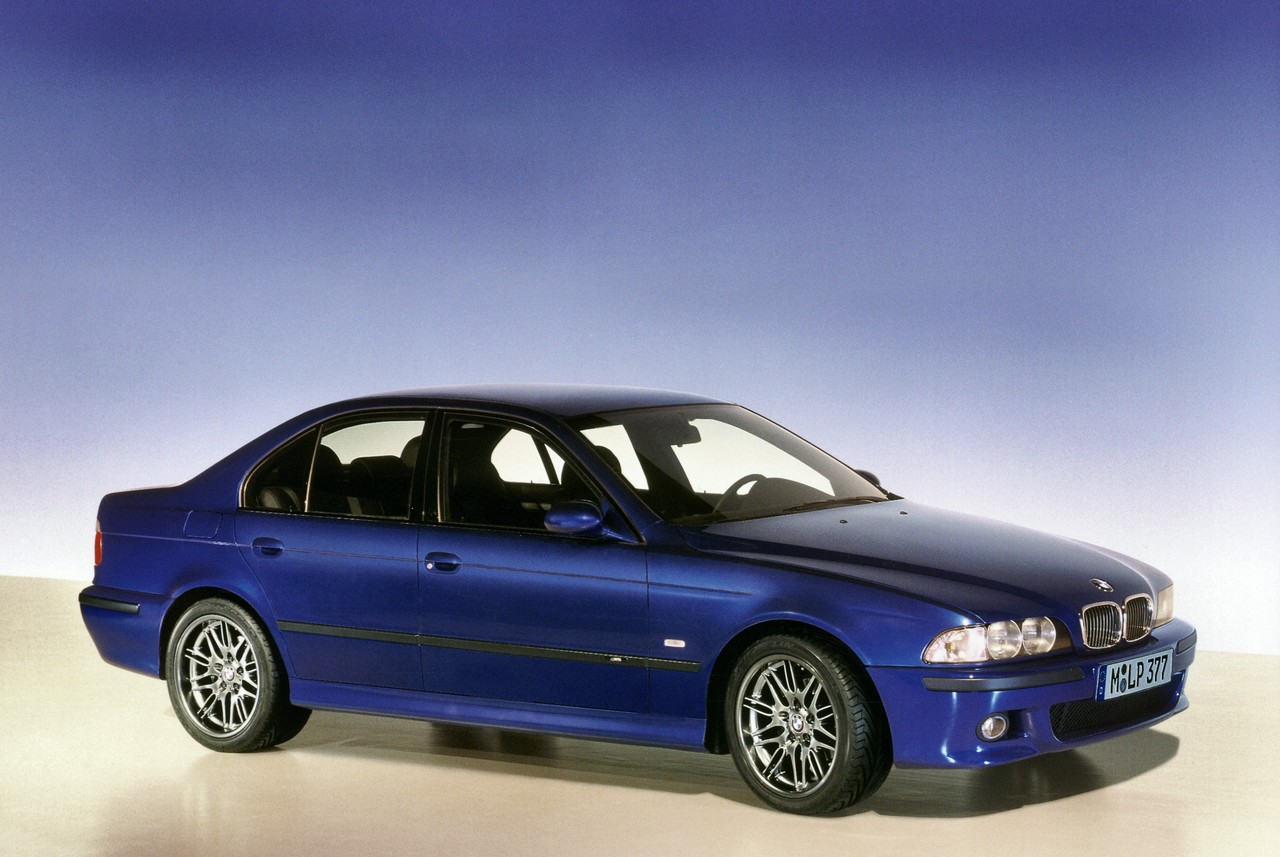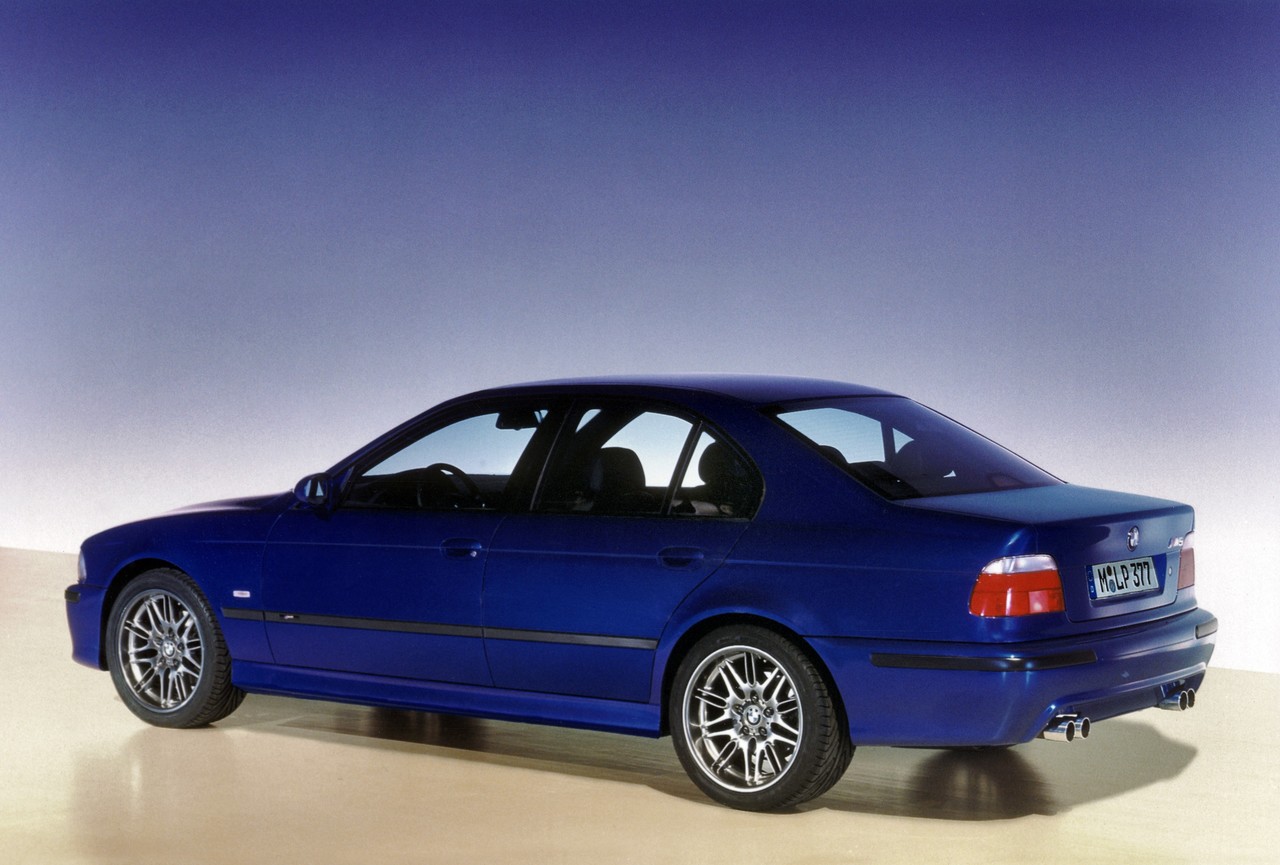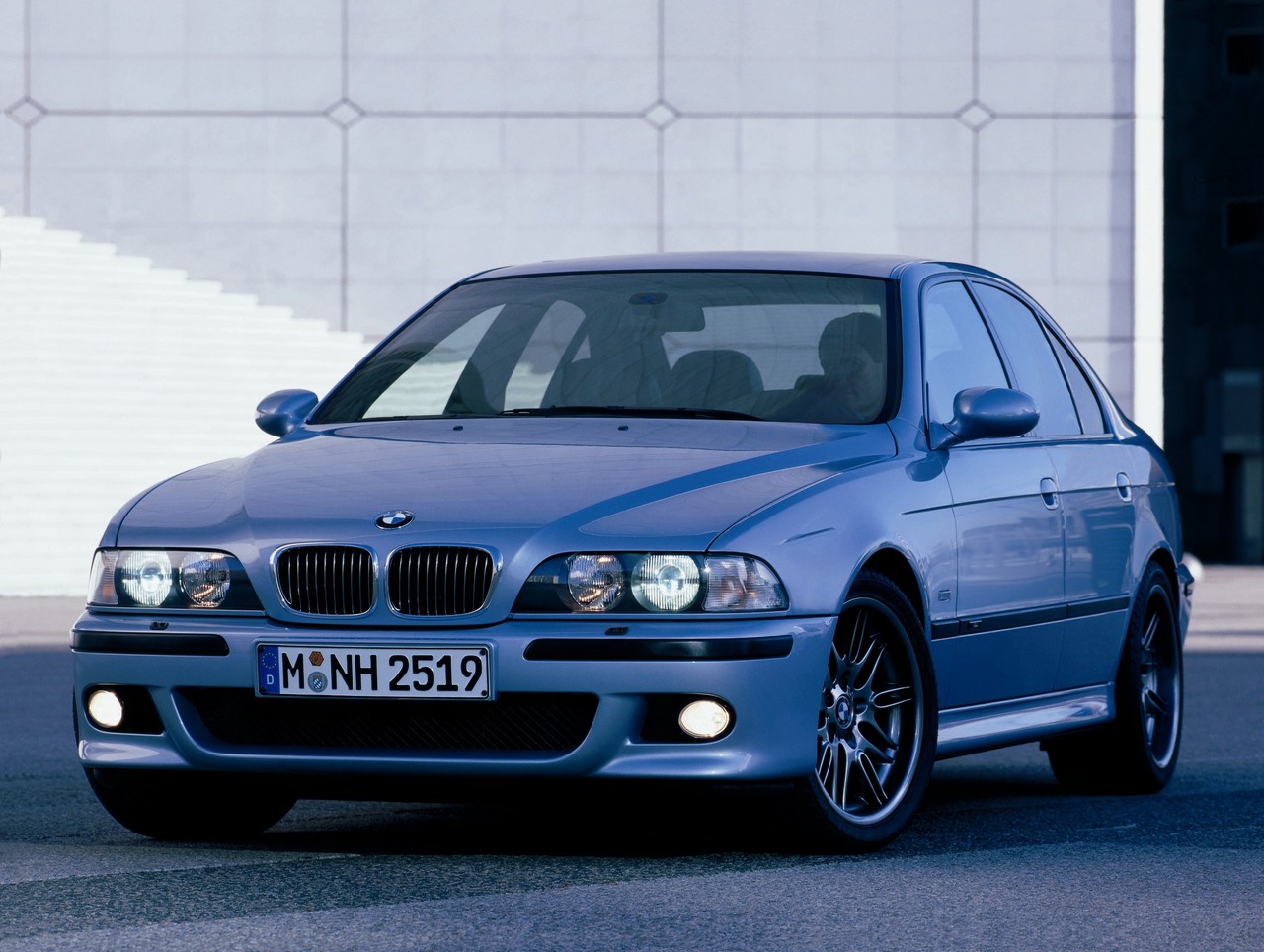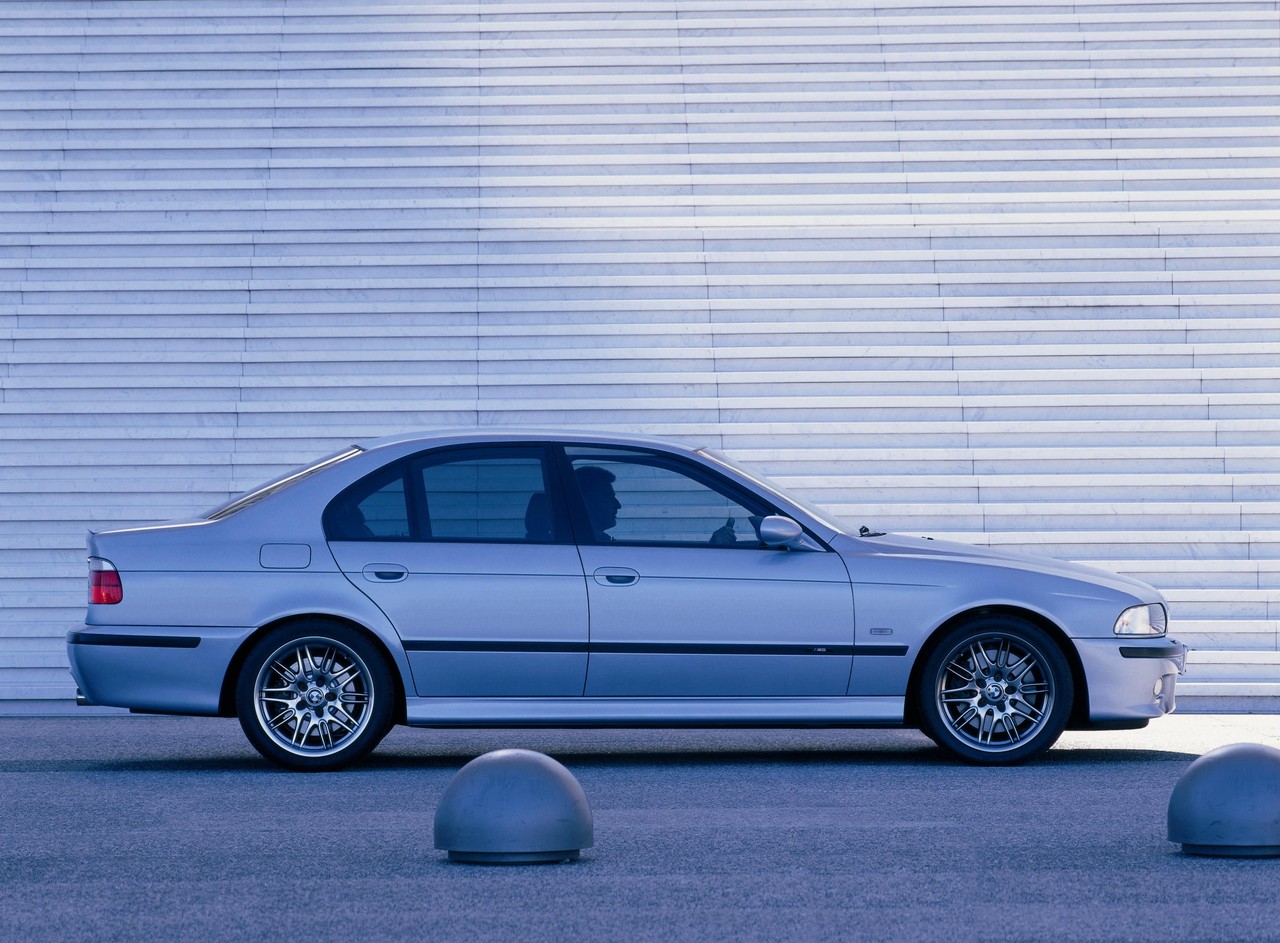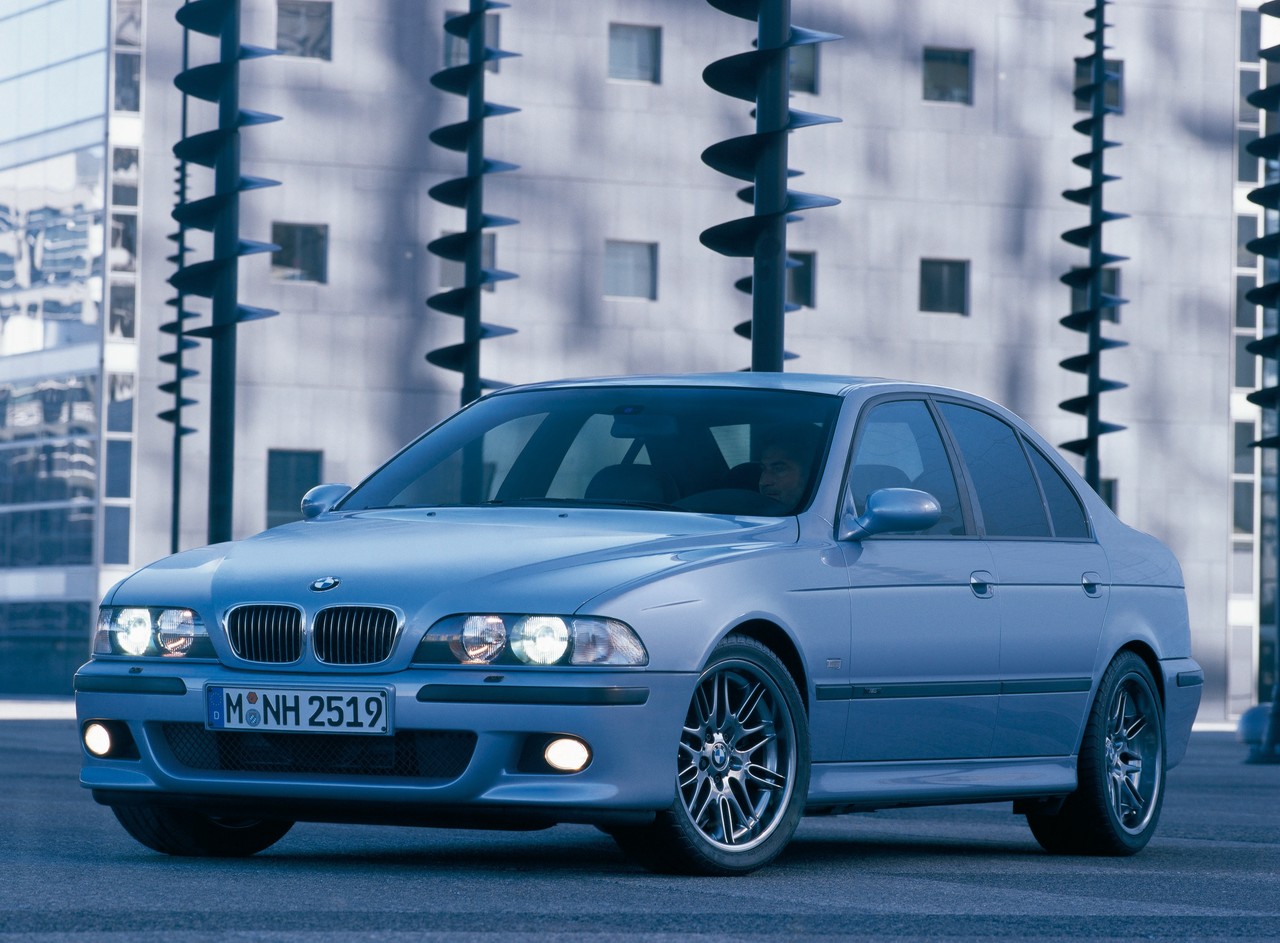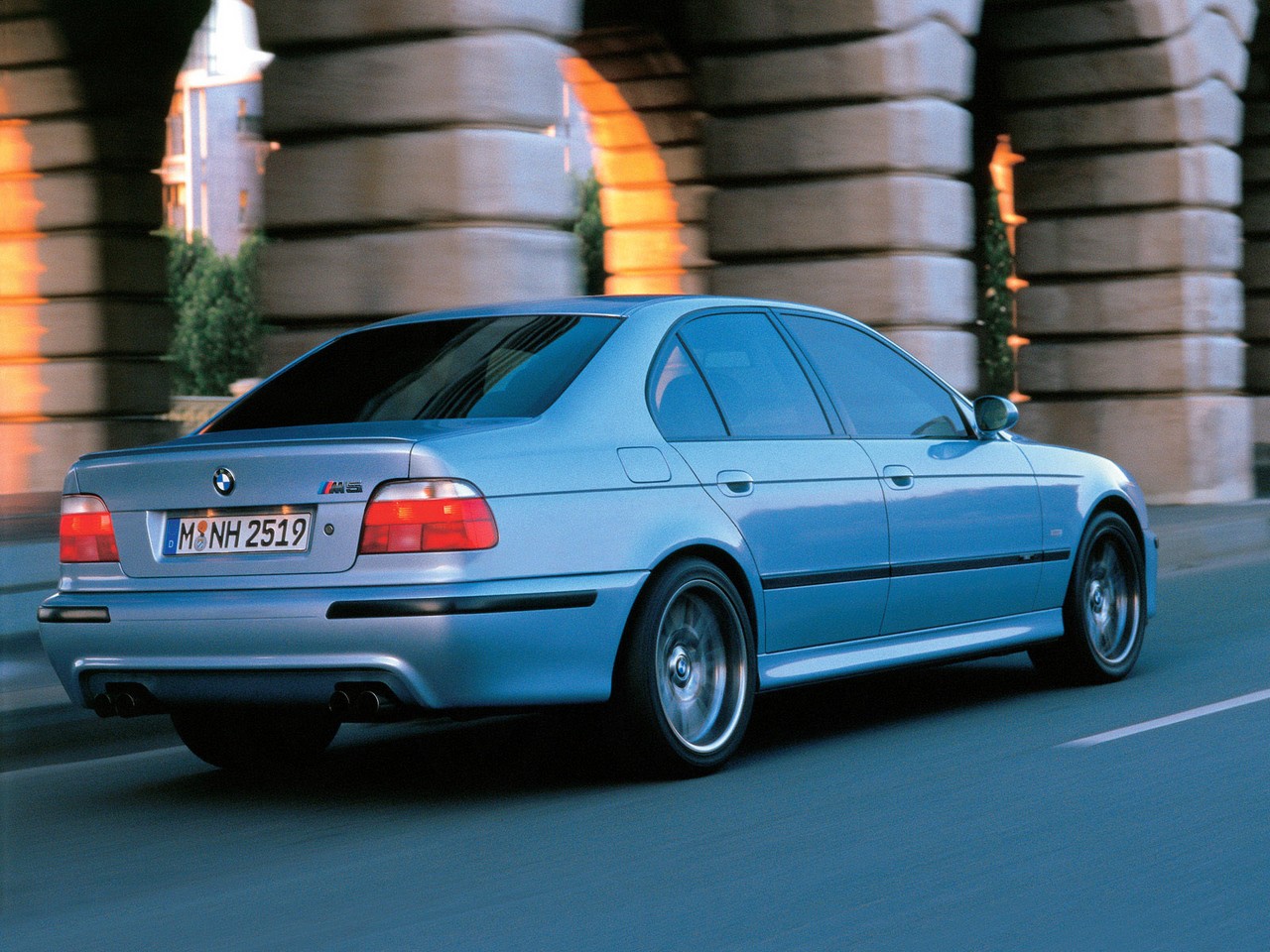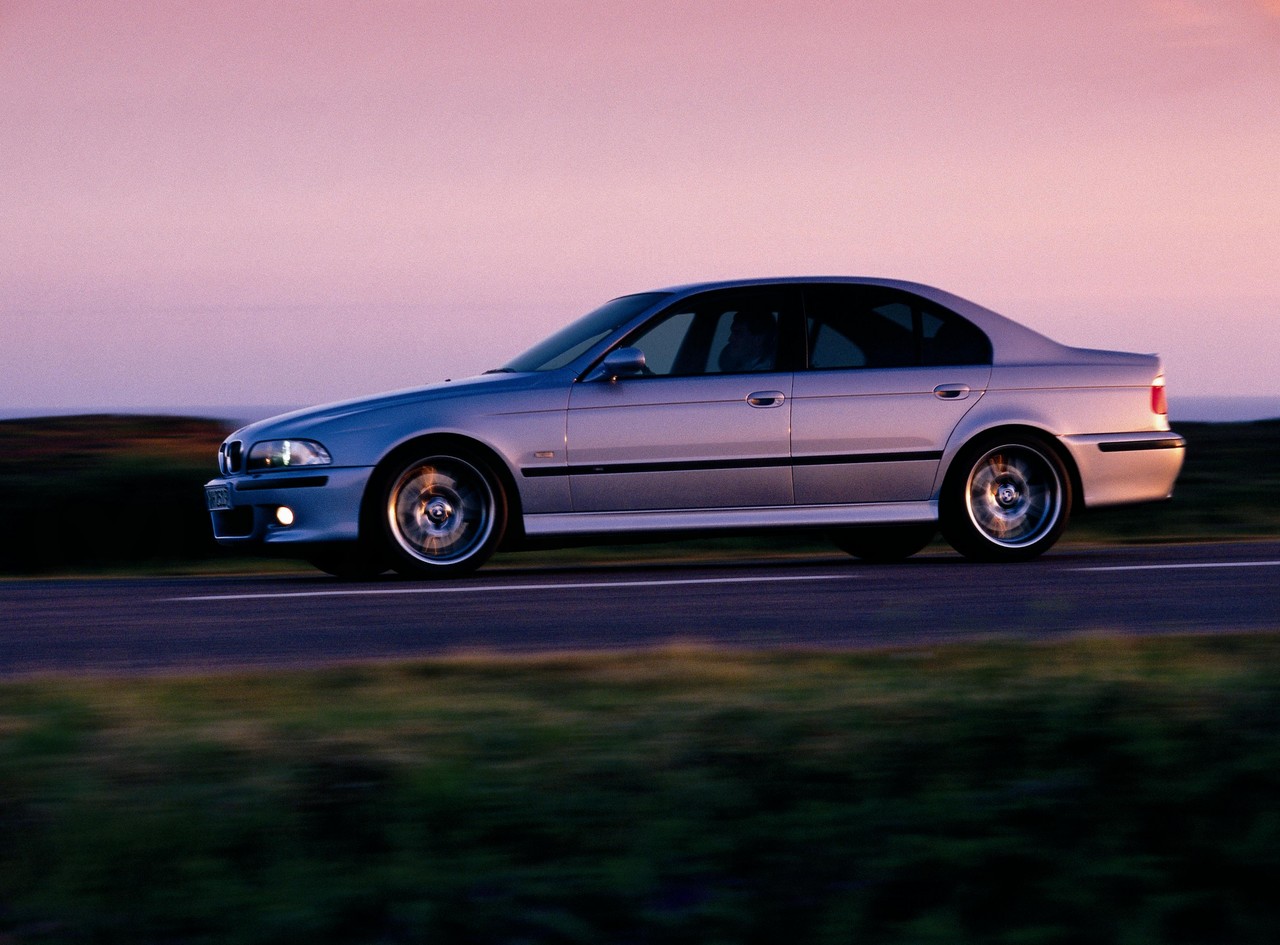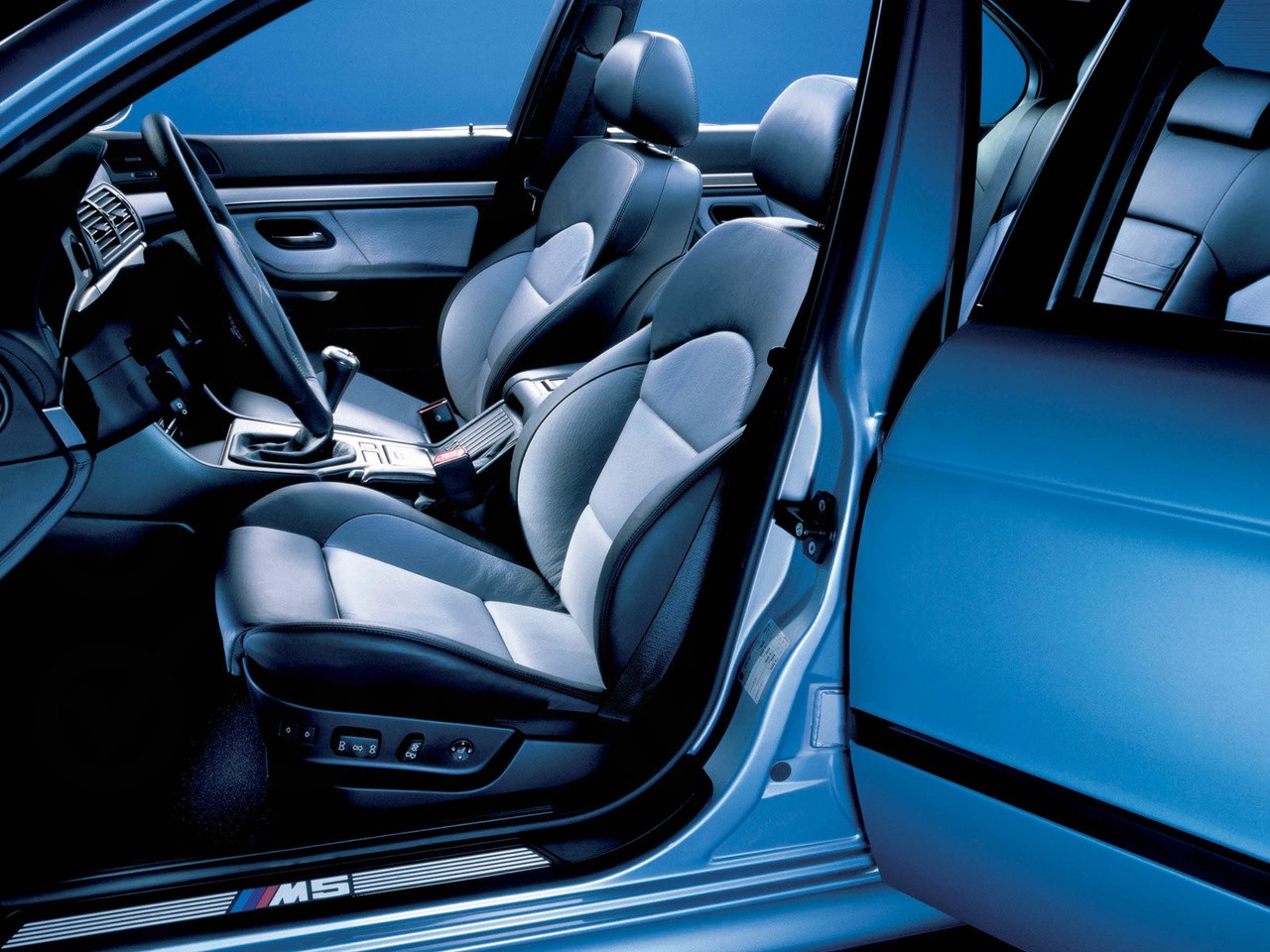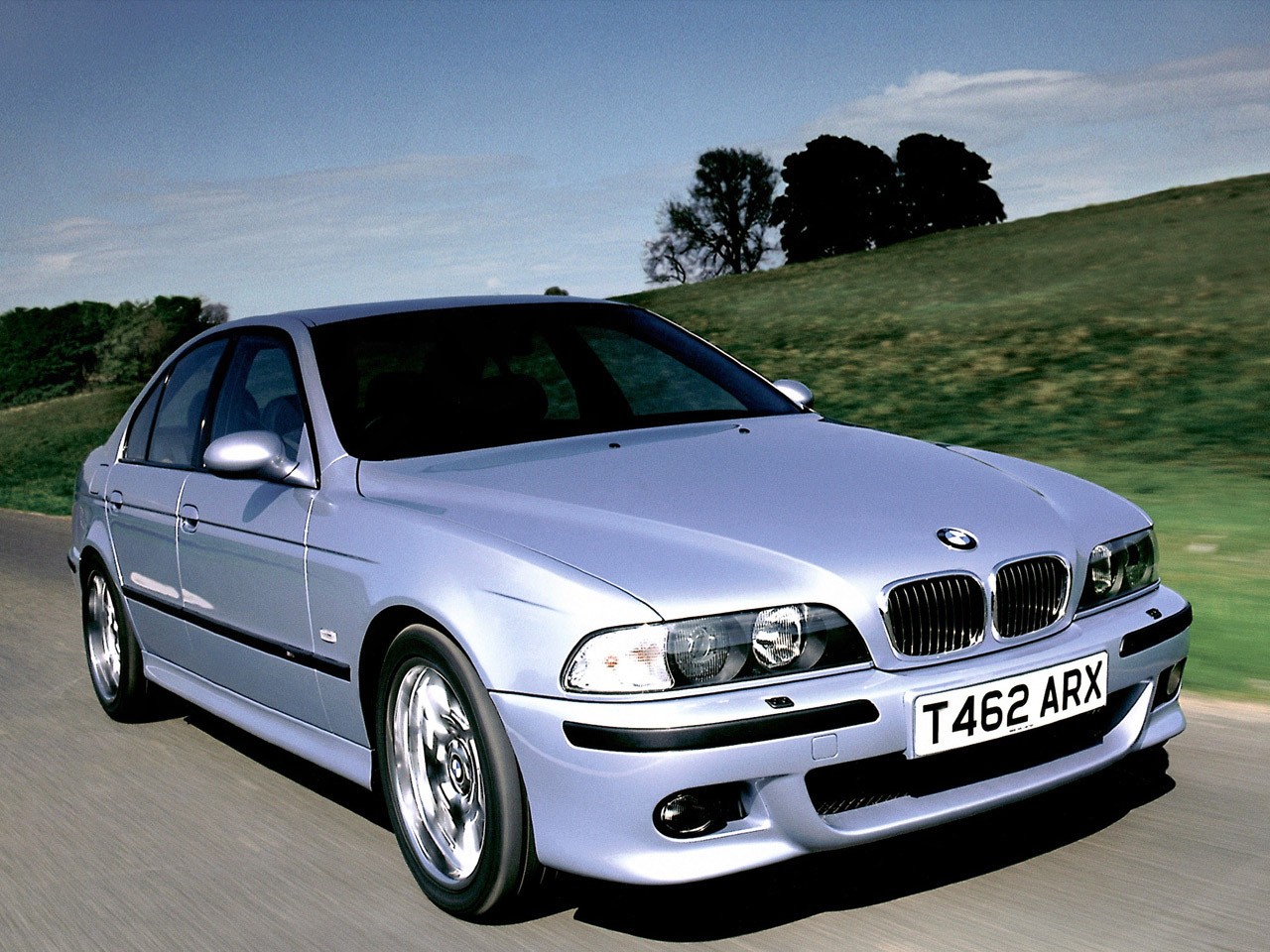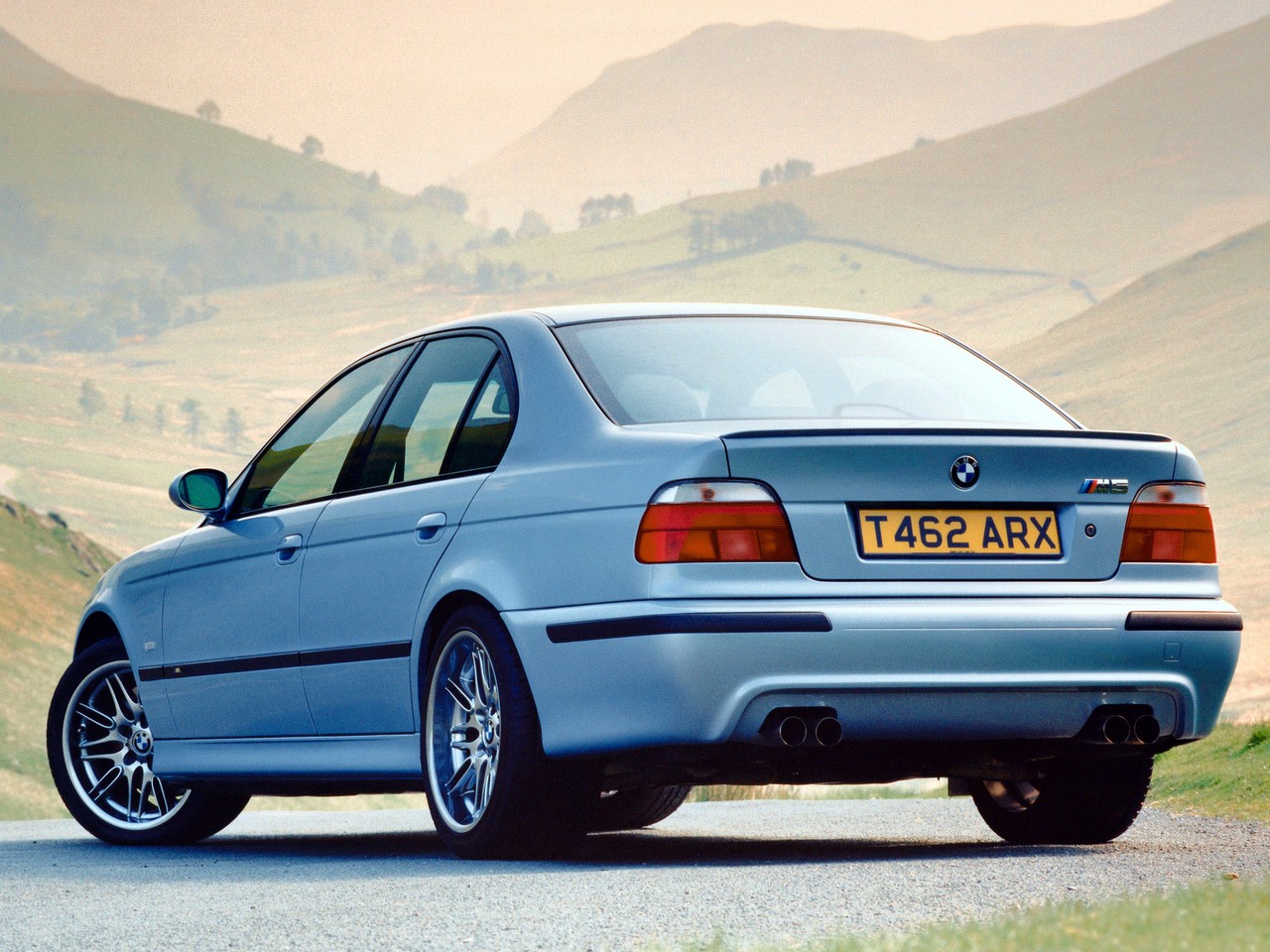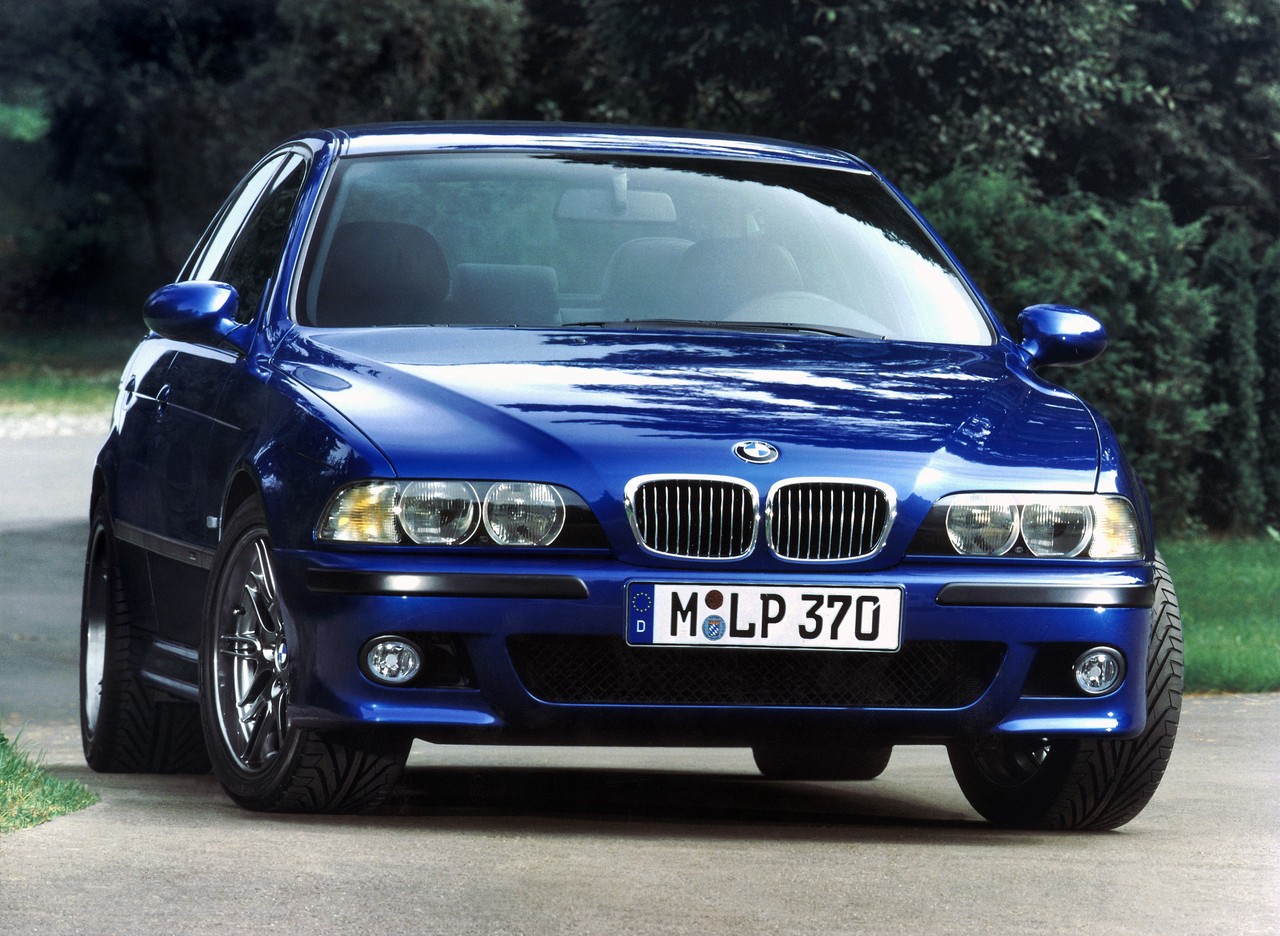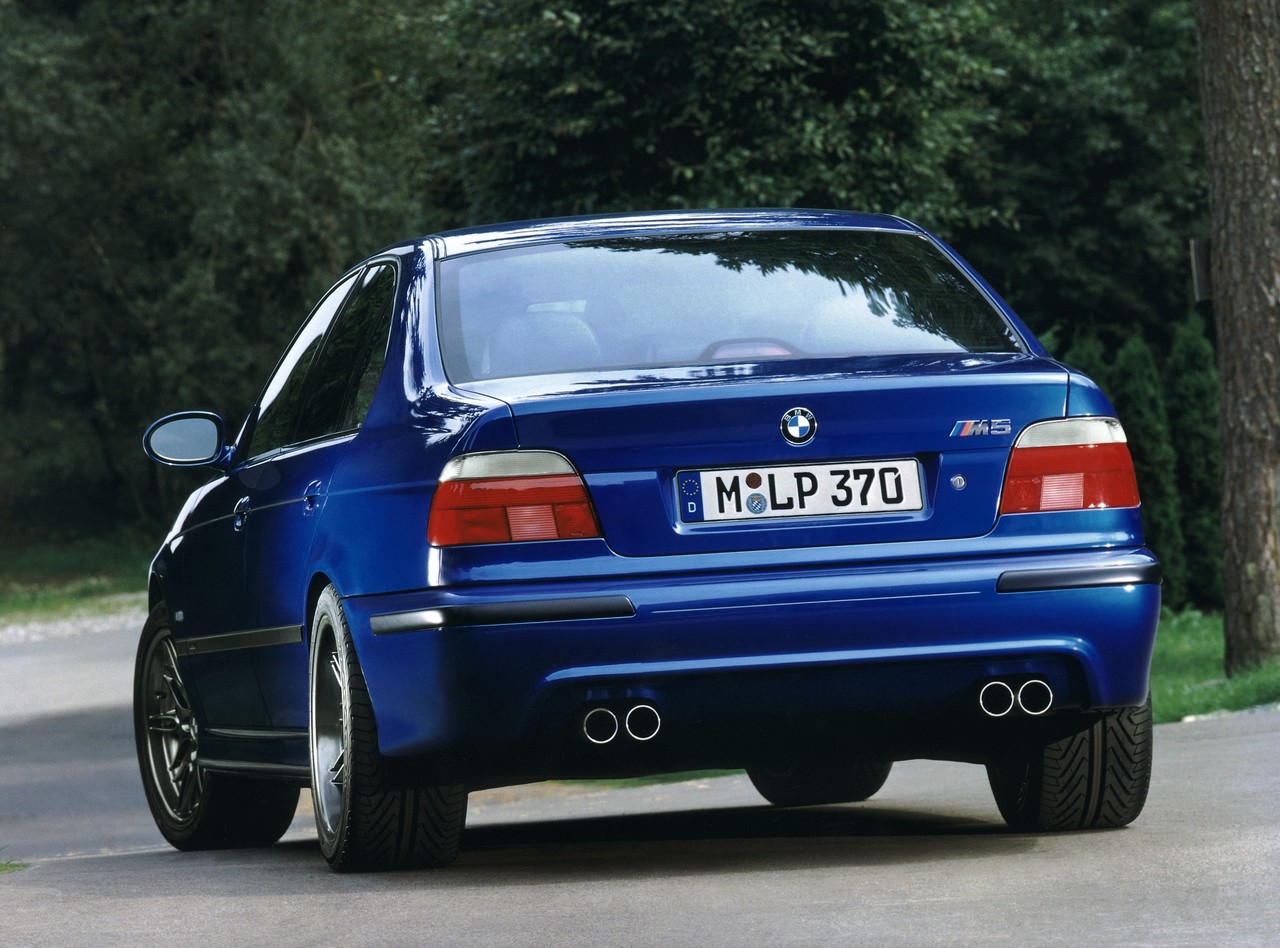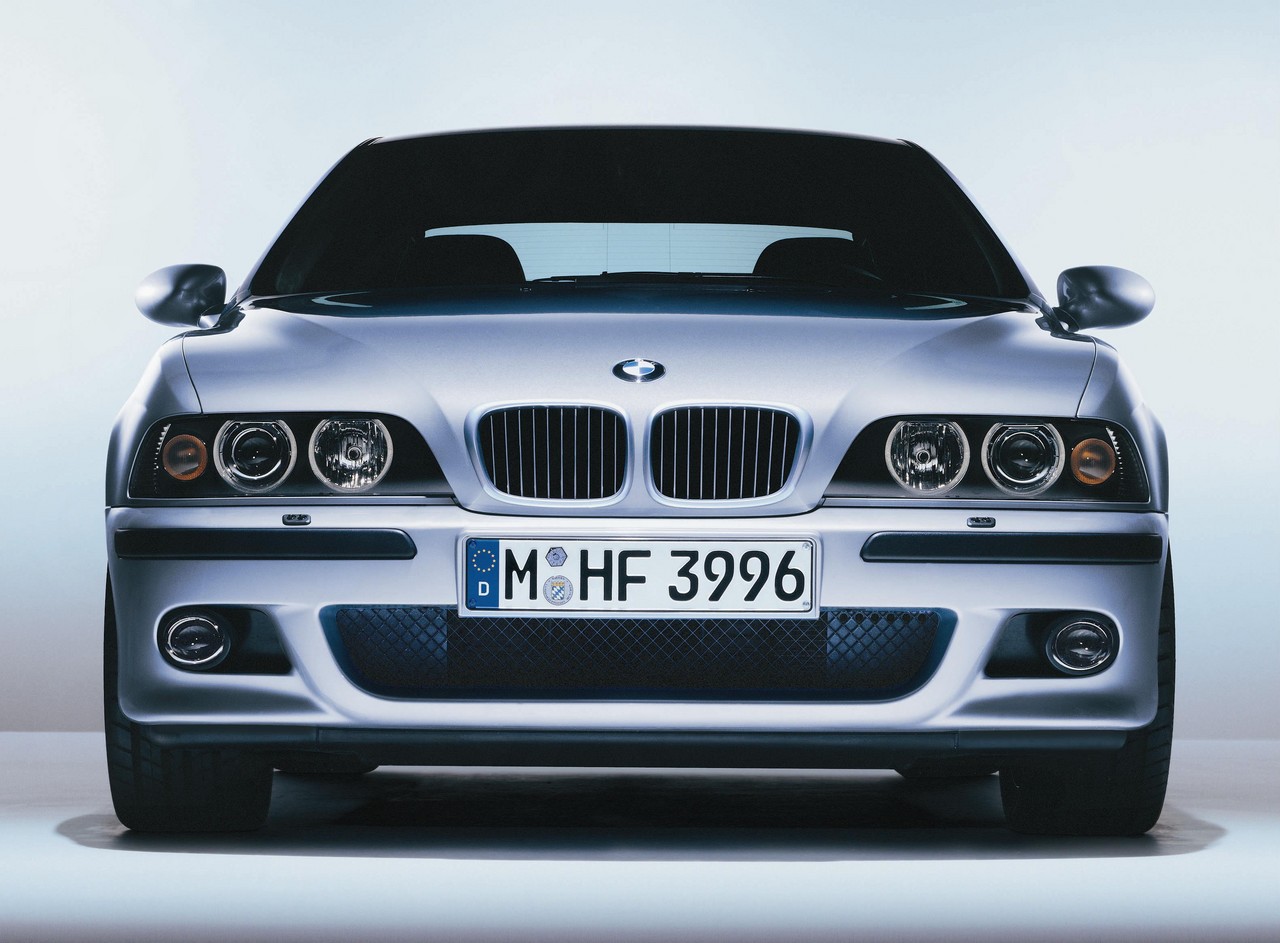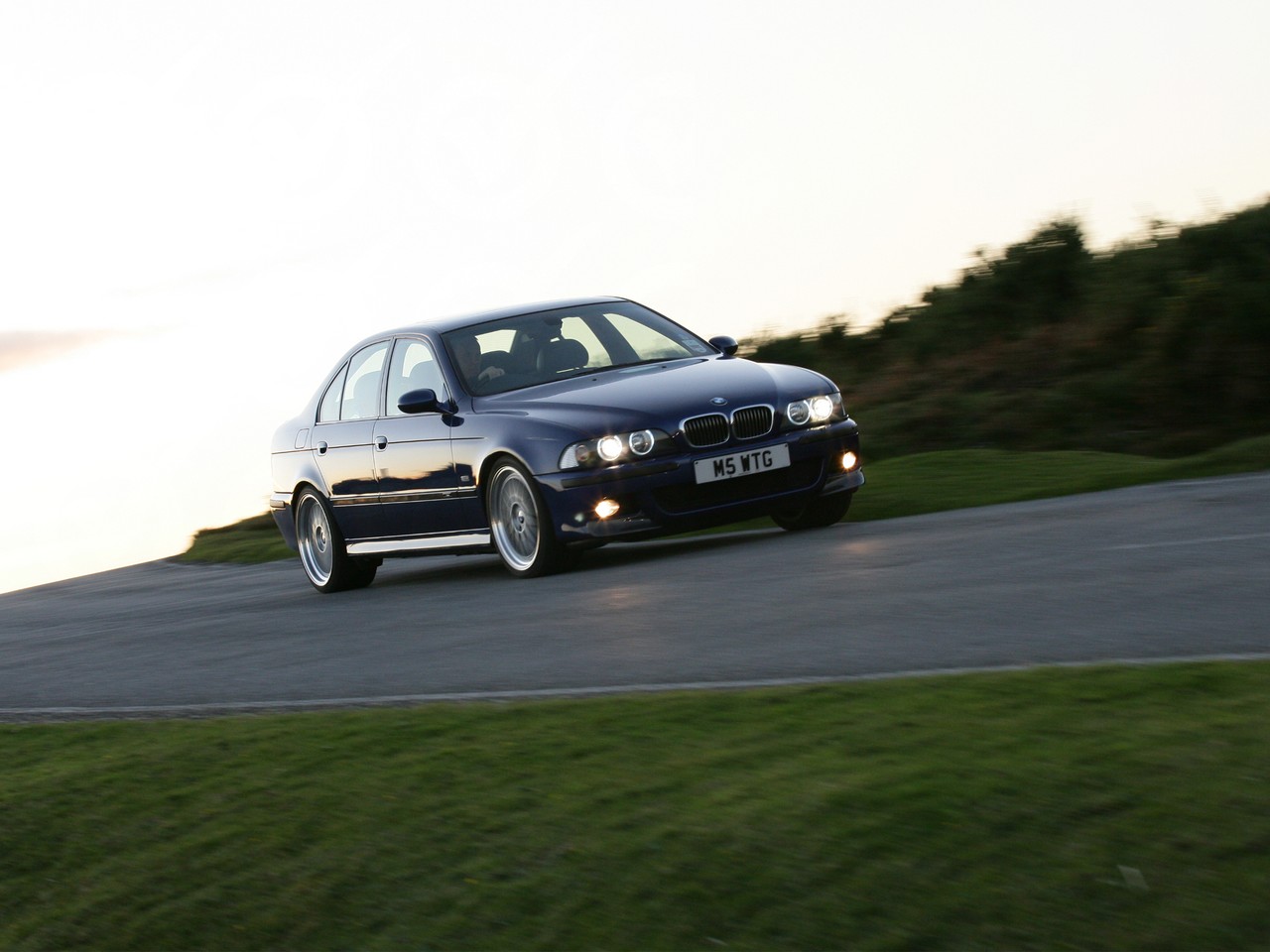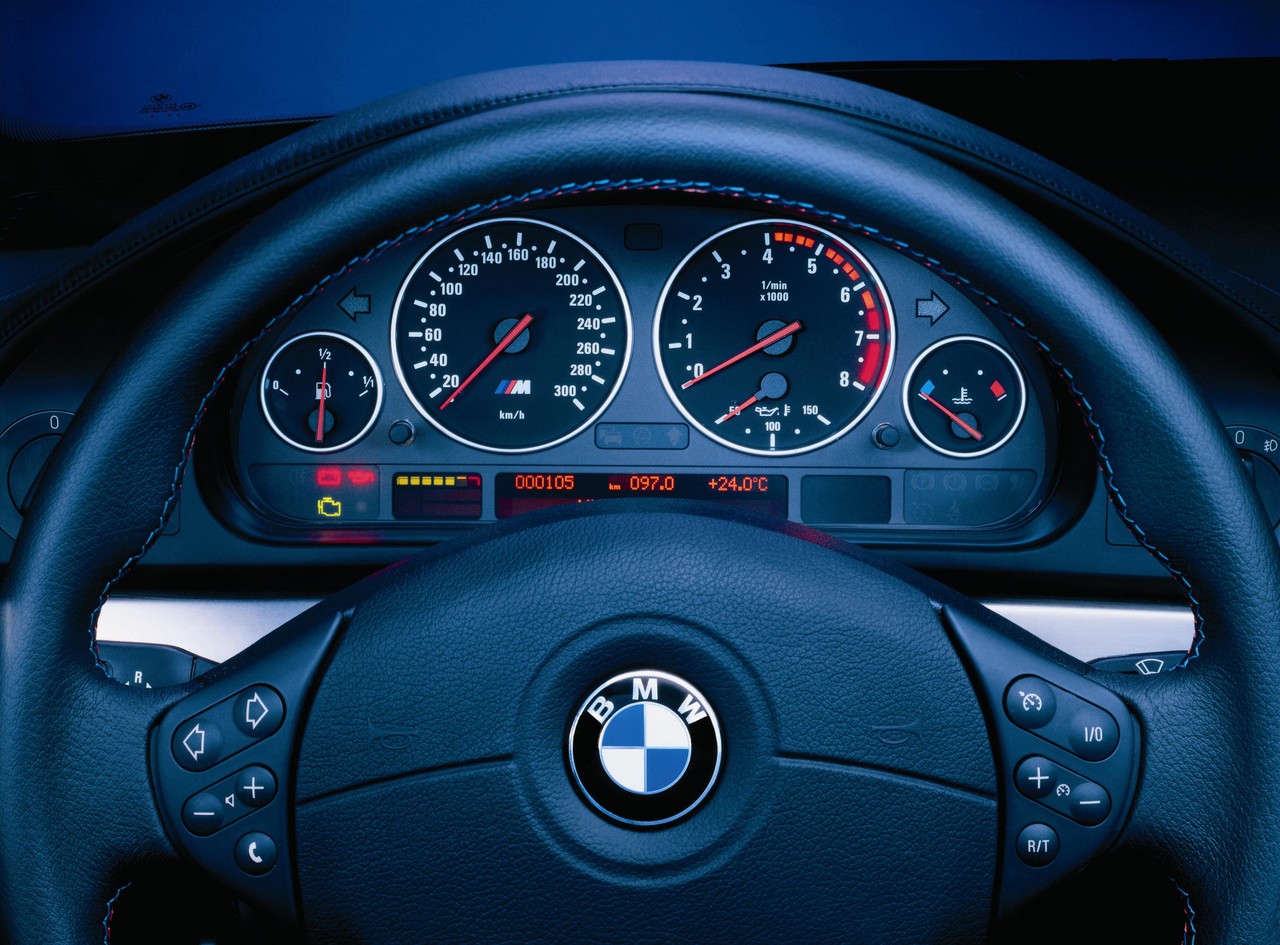
- Responsive 4.9-litre V8 petrol engine
- Excellent dynamics
- Well-weighted steering
- High standard of fit and finish
- Recirculating ball steering lacks precision
- S62 engine susceptible to VANOS failure
- High running and maintenance costs
Review: BMW E39.I M5 Sedan (1999-00)
Overview
Commencing production in October 1998 and released in Australia in February 1999, the BMW E39 Mk.I (E39.I) M5 was an executive sports sedan. Manufactured in Dingolfing, Germany, the rear-wheel drive E39 M5 was powered by a 4.9-litre V8 petrol engine that was mated to a six-speed manual transmission. Whereas the E34 M5 was hand-built by BMW M GmbH, the E39 M5 was produced by BMW on the same assembly line as the E39 5-Series.
S62B50 V8 engine
The S62B50 engine had an aluminium alloy crankcase, Nikasil-coated cylinder bores, a forged steel crankshaft, forged connecting rods, a die-cast aluminium cylinder head with cross-flow cooling, nodular cast iron double overhead camshafts with double-row timing chains, variable intake and exhaust camshaft timing (BMW’s ‘double VANOS’), four valves per cylinder and a compression ratio of 11.0:1. As such, the M5 required 98 RON unleaded petrol.
The S62B50 engine had eight electronically-actuated throttle bodies (one per cylinder), a hot film mass air sensor (HFM 5) and Bosch Motronic MSS 52 engine management. Maximum engine speed for the S62B50 engine was 7000 rpm.
The E39 M5 could accelerate from rest to 100 km/h in 5.3 seconds and had an electronically-limited top speed of 250 km/h.
Getrag transmission
The E39 M5 had a six-speed Getrag Type D transmission. Although shared with the E39 540i, modifications for the M5 included a reinforced clutch and a shorter rear differential ratio (3.15:1).
Dimensions
Compared to the E34 M5 which preceded it, the E39 M5 was 64 mm longer (at 4784 mm), 49 mm wider (1800 mm), 40 mm taller (1432 mm) and had a 69 mm longer wheelbase (2830 mm). Furthermore, the E39 M5 had a kerb weight of 1795 kg and drag coefficient of 0.31 Cd.
Suspension
The E39 M5 had double pivot, MacPherson strut front suspension and four-link, ‘integral’ rear suspension with Champan struts (similar to that used for E38 7-Series ). Relative to the E39 5-Series, changes for the M5 included shorter springs, firmer springs and dampers, lower rear control arms, polyurethane auxiliary springs in place of rubber units, steel ball joints in the rear suspension bushings (rather than rubber), specific shock valving and thicker anti-roll bars.
Steering
The E39 M5 had recirculating ball-type, power-assisted steering with an overall ratio of 14.7:1 (compared to 17.9:1 for the V8-powered E39 5-Series Sedan ).
| Engine | Trans. | Peak power | Peak torque | |
|---|---|---|---|---|
| M5 | 4.9-litre petrol V8 (S62 B50) | 6sp man. | 294 kW at 6600 rpm | 500 Nm at 3800 rpm |
Safety equipment
Standard safety equipment for the E39 M5 included dual front airbags, front and rear side airbags, door-mounted head-protecting airbags for front occupants, ABS, electronic stability control (BMW’s ‘Dynamic Stability Control’), traction control (BMW’s ‘Automatic Stability Control’) and front seatbelts with load limiters.
Brakes
The E39 M5 had 345 mm by 32 mm vented front brake discs which had a ‘floating’ two-piece design and 328 mm by 20 mm vented rear discs.
Features: E39 M5
Standard features for the E39 M5 included 18 x 8.0J front and 18 x 9.5J rear ‘M Parallel Spoke II’ cast alloy wheels with a Satin Chrome finish, 245/40 ZR18 front and 275/35 ZR18 rear tyres, a ten speaker sound system with a ten-disc CD stacker, satellite navigation, climate control air conditioning, nappa leather upholstery, power adjustable and heated ‘M’ front sports seats, cruise control, xenon headlights, rain-sensing wipers, front fog lamps, rear parking sensors, remote central locking, power windows and mirrors, a power adjustable steering column, automatically dipping door mirrors on reverse, a power-operated glass sunroof, integrated digital phone and an immobiliser.
The E39 M5 was also fitted with a limited slip differential with a 25 per cent locking action.
Related links
Review: BMW E39.II M5 Sedan (2000-03)
Overview
Commencing production in September 2000 and released in Australia in December 2000, the E39.II M5 introduced cosmetic updates and a revised interior.
Visually, the E39.II M5 could be identified by its new headlights with illuminated ‘Corona’ rings (commonly known as ‘angel eyes’) and new tail-lights. Inside, there was a thicker three-spoke M steering wheel (shared with the E46 M3), a new audio/navigation unit with a larger 6.5-inch display and grey instrument faces.
Production of the E39.II M5 ended in July 2003.
| Engine | Trans. | Peak power | Peak torque | |
|---|---|---|---|---|
| M5 | 4.9-litre petrol V8 (S62 B50) | 6sp man. | 294 kW at 6600 rpm | 500 Nm at 3800 rpm |
Safety equipment
For the E39.II M5, standard safety equipment was extended to include door-mounted head-protecting rear airbags.
Features
Standard features for the E39.II M5 were extended to include front parking sensors; a solar sensor was also introduced for the climate control air conditioning.
Updates
In September 2001, new paint finishes were introduced for the M5. In September 2002, a DVD-based navigation system was introduced.
Related links
